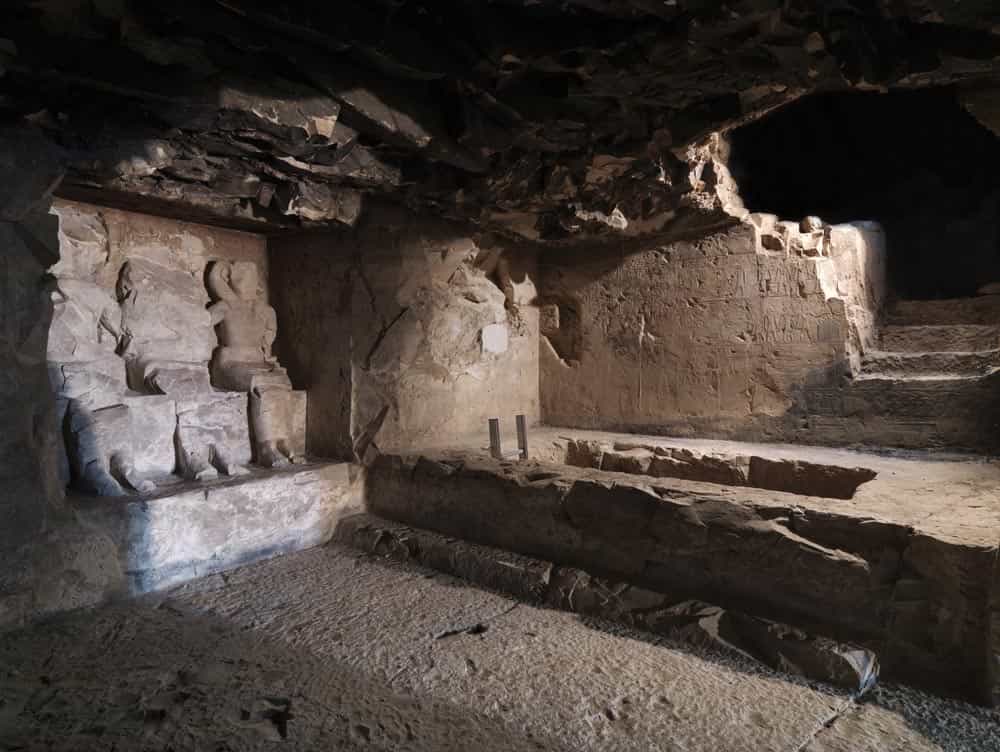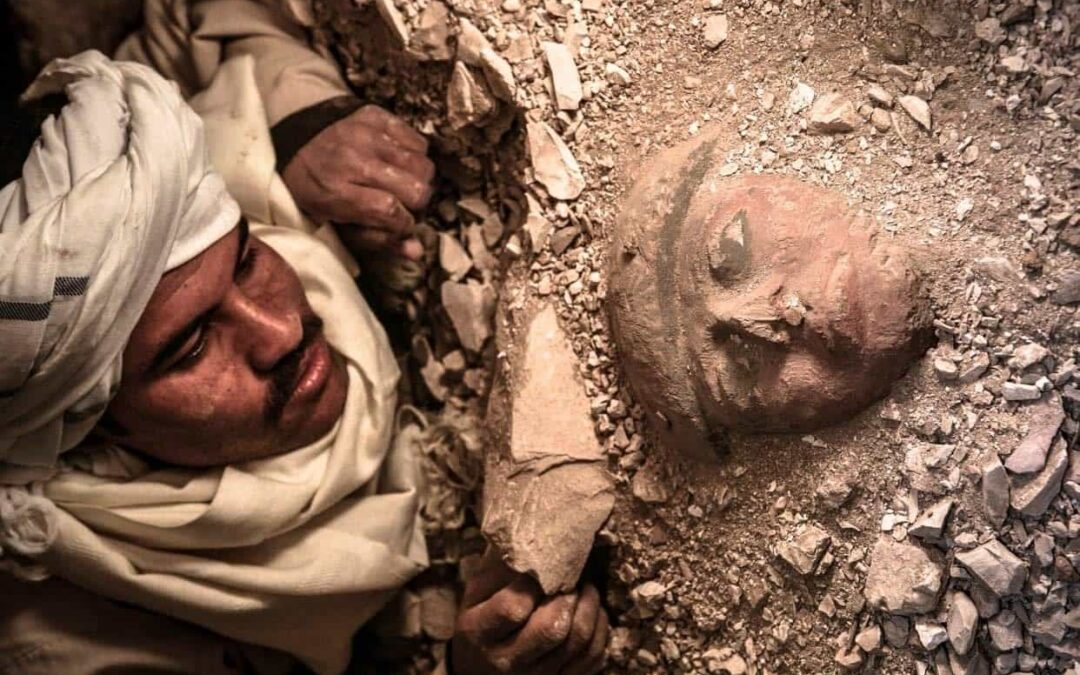Djehuty was a prominent ancient Egyptian official primarily during the reign of Queen Hatshepsut (1473 BC – 1458 BC) and part of Thutmose III in the 18th dynasty of the New Kingdom.
What is known about Djehuty indicates that he may have originated from the area of Thebes, where he worked his way up as a tax collector to attain the highest positions at court.
His titles indicate his esteemed position, such as supervisor of the treasures and overseer of all works, primarily responsible for the treasury in the royal palace.
However, he also held the title of overseer of the priests of Hermopolis, suggesting Djehuty (“He who belongs to Thoth”) might have hailed from Hermopolis, whose primary deity was Thoth.
Djehuty is documented between the years 9 and 16 of Queen Hatshepsut’s reign. In year 9, according to ancient Egyptian sources, he participated in the queen’s expedition to the land of Punt. In year 16, he supervised the gold coating work on the queen’s obelisks, located in the hypostyle hall of her father.
He was interred in the Theban tomb TT11 in the Dra’ Abu el-Naga’ necropolis. Two stelae from his tomb are preserved, one of which contains inscriptions detailing his construction activities in the temple of Amun at Karnak.
He also commissioned the construction of the sacred processional boat “Userhat-Amun” and oversaw the adornment of the image of Amun at Karnak.
Later in his career, Djehuty and his family fell from favor after the 16th year of Hatshepsut’s reign. Consequently, his name was erased from his tomb, along with those of his parents and other family members.
Dra’ Abu el-Naga’
Dra’ Abu el-Naga’ is an Egyptian town located adjacent to a necropolis of ancient Thebes, on the western bank of the Nile, situated between El Tarid and Deir el-Bahari, near the Valley of the Kings, in the Luxor region.
The Djehuty Project, a Spanish mission, has been excavating at Dra’ Abu el-Naga’ on the West Bank at Luxor since 2002.
The main photo depicts Omar Farouk uncovering a funerary mask. By Carlos Spottorno.








